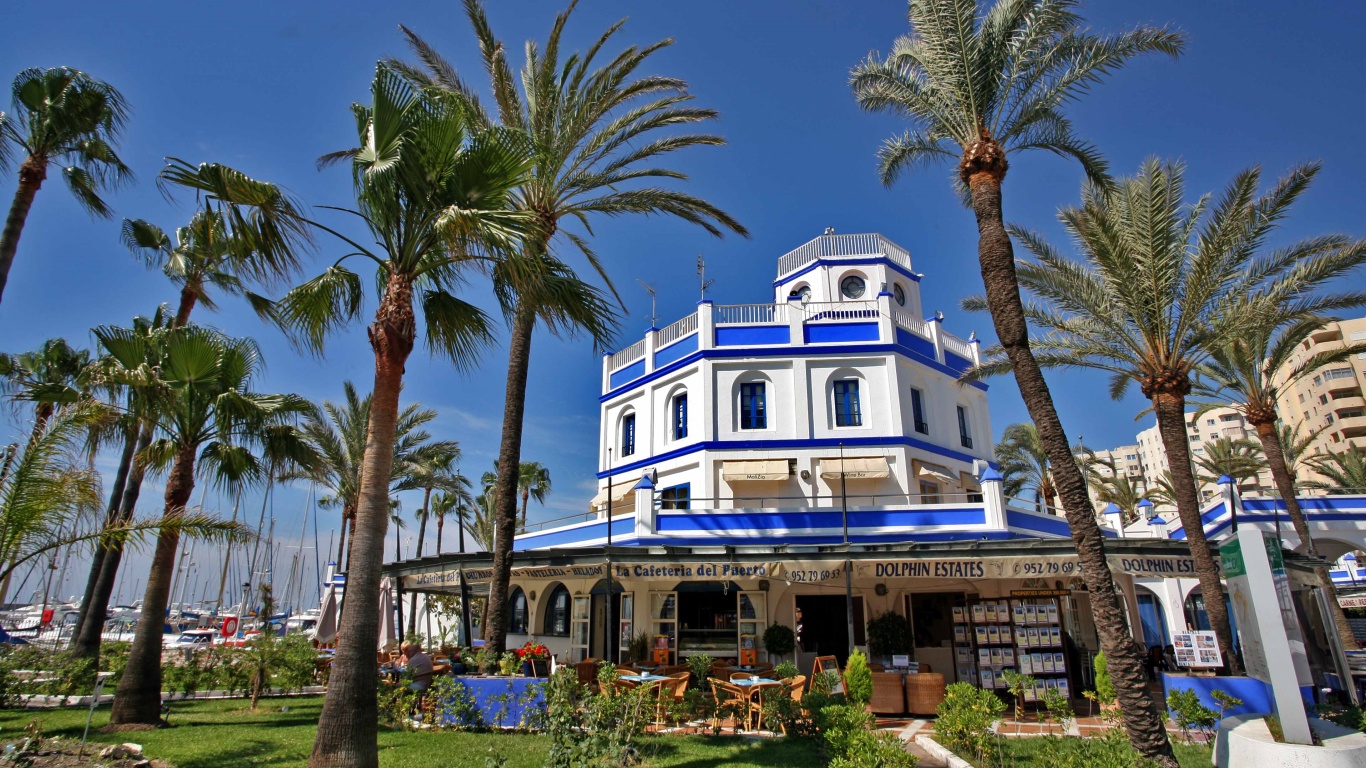
Estepona, now a gleaming jewel on the Costa del Sol, boasting a vibrant old town and stunning beaches, owes much of its historical identity and enduring charm to its deep connection with the sea. For centuries, it thrived as a humble fishing village, its rhythms dictated by the ebb and flow of the tides and the daily toil of its fisherfolk. While tourism and residential development have transformed its skyline, the heart of Estepona still beats to a maritime rhythm. This article explores the fascinating evolution of Estepona's fishing port, the preservation of its age-old traditions, the indelible mark on its acclaimed gastronomy, and the significant economic relevance of its maritime sector in the modern era.
The strategic location of Estepona, with its natural cove providing some shelter, has attracted maritime activity since ancient times. Phoenicians, Romans, and Moors all recognized the value of its coastal resources, establishing settlements and exploiting the rich fishing grounds of the Alboran Sea. For centuries, Estepona remained a relatively small fishing community, its inhabitants relying directly on the sea for sustenance and trade. The "Barriada de Pescadores" or Fishermen's Quarter, with its whitewashed houses and narrow streets leading down to the shore, was historically the very soul of the town, where generations lived and worked in close-knit communities, passing down their knowledge and traditions.
It was in the 18th and 19th centuries that Estepona's fishing activity began to intensify, as boats became larger and techniques more efficient. The town's population grew, drawn by the opportunities the sea provided, cementing its reputation as a significant fishing hub along the coast. This era laid the groundwork for the more formalized port development that would follow.
For a long time, fishing boats in Estepona were simply beached on the sandy shores. As the fleet grew and vessels became larger, the need for a dedicated, sheltered port became paramount. The mid-20th century marked a pivotal period with the construction and subsequent expansion of a formal fishing port. This infrastructure provided much-needed berths, storage facilities, and a central hub for the burgeoning fishing industry.
Central to the port's operation and the lives of the fishermen has always been the **Cofradía de Pescadores** (Fishermen's Guild or Brotherhood). This ancient institution, dating back centuries across Spain, serves as the organizational backbone of the fishing community. It manages the fishing quota, provides social support to its members, and oversees the vital daily **fish auction (Lonja)**. Each afternoon, as the fishing boats return with their catches, the Lonja comes alive with the buzz of the auctioneers and buyers. This spectacle, a testament to the direct link between sea and table, is a vibrant reminder of Estepona's working port and draws curious visitors eager to witness the freshness of the seafood firsthand.
In recent decades, the port has undergone significant modernization. While still maintaining its commercial fishing operations, it has embraced a dual role, with an increasingly prominent leisure marina. This evolution has brought both opportunities and challenges, including balancing the needs of commercial fishing with growing recreational demand, and adapting to stricter fishing quotas and environmental regulations aimed at preserving fish stocks.
Despite the changes, Estepona has held fast to its profound maritime traditions, which are woven into the fabric of its cultural life:
The direct link from the fishing boats to local kitchens has made Estepona a celebrated gastronomic destination, particularly for seafood lovers. Freshness is not just a virtue here; it's a way of life, and the quality of the local catch is paramount.
The town's restaurants, particularly those clustered around the port and along the promenade, pride themselves on showcasing this daily bounty. From traditional "tabernas" with their rustic charm to more modern establishments, the commitment to fresh, locally sourced seafood remains paramount, making Estepona a true paradise for seafood lovers.
Today, Estepona's port is a dynamic multi-functional hub, a microcosm of the town's evolution. While its fishing heritage remains culturally significant, its economic role has diversified:
Estepona’s journey from a humble fishing village to a vibrant modern town is a remarkable story of adaptation and preservation. Its maritime tradition is not merely a relic of the past; it is a living, breathing component of its identity that enriches its culture, defines its gastronomy, and contributes significantly to its modern economy. The fishing port, with its daily rhythm of returning boats and lively auctions, serves as a powerful symbol of this continuity. Even as the town embraces tourism and modernity, the enduring spirit of its fisherfolk and the unparalleled freshness of its seafood remind us that Estepona's heart truly belongs to the sea, offering an authentic and deeply flavorful experience that captivates all who visit.